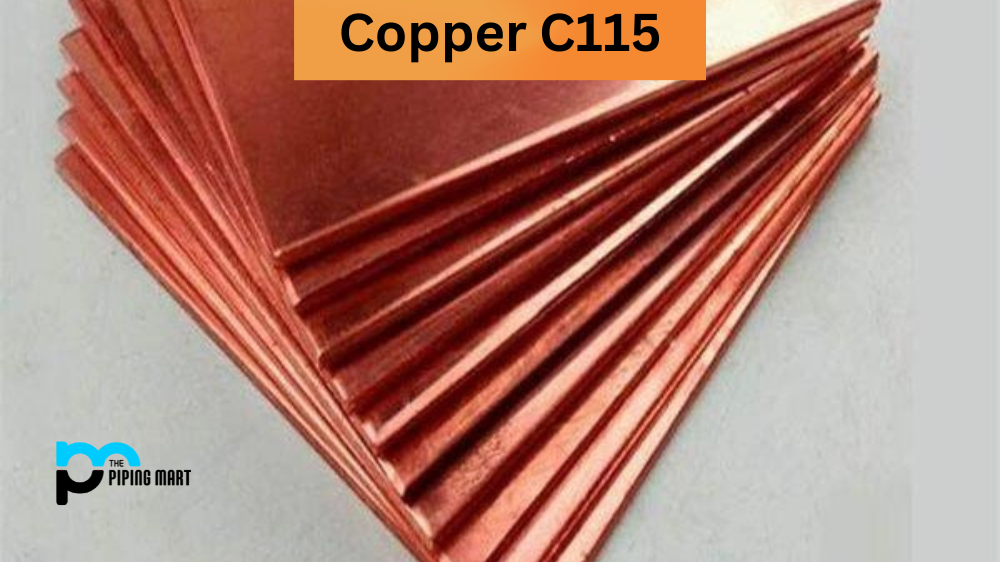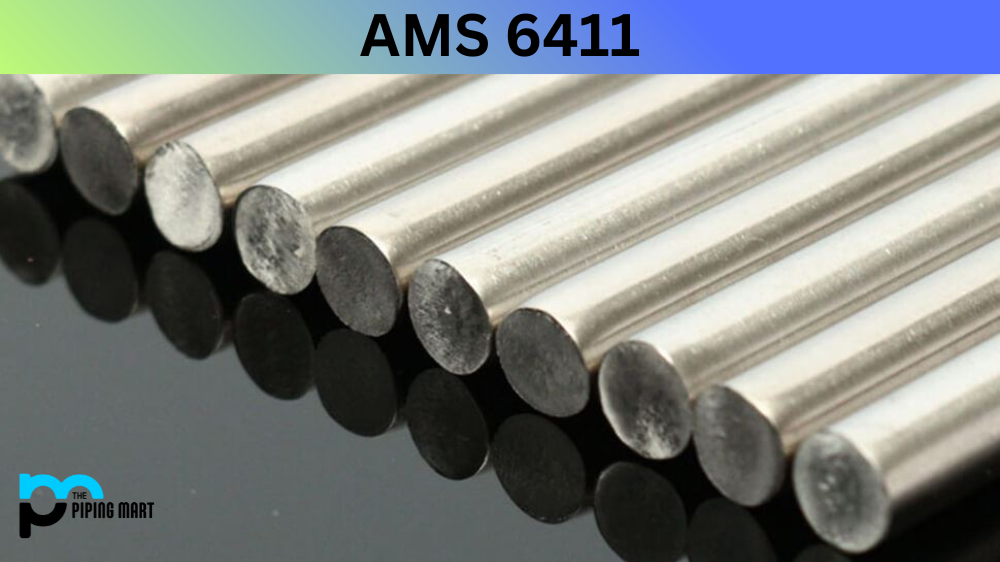Stainless steel is a popular metal alloy used in numerous applications, from construction and engineering to medicine and aviation. AMS 5603 is a type of stainless steel highly engineered to deliver particular performance characteristics. This blog post seeks to provide an in-depth understanding of what AMS 5603 is, its composition, physical and mechanical properties, and its various applications.
What is AMS 5603?
AMS 5603 is known for its high tensile strength, corrosion resistance, and durability. This alloy is often used to construct aircraft engines, landing gear, and other components that require strength and reliability. AMS5603 includes chromium, nickel, and molybdenum, contributing to its impressive properties. So, whether you’re a pilot, engineer, or just curious about the materials that make up our world, AMS5603 is worth knowing about.
AMS 5603 Composition
AMS 5603 is an iron-based stainless steel alloy that contains significant amounts of nickel, chromium, molybdenum, and carbon. These elements are carefully combined in specific ratios to achieve the desired properties of the alloy. The nickel and chromium content in the alloy is responsible for its excellent corrosion resistance, while molybdenum enhances its resistance to pitting and crevice corrosion. Carbon improves the hardness and strength of the alloy.
| Steel Grades | Proportion by mass (%) | ||||||||
| C | Si | Mn | P | S | Cr | Ni | Mo | ||
| AMS 5603 | Standards:– | ||||||||
| ≤0.05 | ≤0.10 | ≤0.10 | ≤0.010 | ≤0.008 | 14.75~15.50 | 8.00~8.75 | 2.00~2.50 | ||
AMS 5603 Physical Properties
AMS 5603 has a density of approximately 7.85 grams per cubic centimetre, with a melting point between 1400 and 1450 degrees Celsius. Other physical properties include a specific heat capacity of 500 joules per kilogram per Kelvin and 16.3 micro-ohm centimetres of electrical resistivity.
AMS 5603 Mechanical Properties
The mechanical properties of AMS 5603 vary depending on the heat treatment and processing method used. The alloy typically boasts an ultimate tensile strength of up to 930 megapascals (MPa), with a yield strength of around 690 MPa. The alloy also has good flexibility and toughness characteristics, making it ideal for applications that may undergo stress.
| Tensile strength,Rm/MPa: | ≤1035 |
| Yield strength,Rp/MPa: | ≤450 |
| Elongation/%: | — |
| Reduction of area, ψ/%: | — |
| Impact, KV /J: | — |
| Hardness/ HRB: | ≤100 |
AMS 5603 Uses
One of the primary uses of AMS 5603 is in manufacturing aircraft landing gear components, such as struts and housings, due to its high strength, fatigue resistance, and toughness. Additionally, the alloy can be used in other critical aircraft components, such as engine mounts and door frames. The alloy also finds use in other high-performance applications, such as in the medical industry for surgical instruments and in the nuclear industry for reactors.
AMS 5603 Hardness
AMS 5603 has a hardness range of up to Rockwell C50, which means it is relatively complex and can resist wear and tear associated with high-stress applications. The alloy can reach this range of hardness due to its high carbon and chromium content.
AMS 5603 Heat treatment
Heat treatment can significantly affect the mechanical properties of AMS 5603. Annealing the alloy at around 980 degrees Celsius can enhance its flexibility, while other heat treatment methods, such as quenching and tempering, can improve its strength and hardness. Thus, the heat treatment of AMS 5603 should be carefully considered in various applications.
Conclusion:
AMS 5603 material is a high-performance stainless steel alloy engineered to deliver unique properties, making it ideal for use in various applications requiring high strength, hardness, and corrosion resistance. It’s high nickel and chromium content confer excellent corrosion resistance to the alloy, while molybdenum enhances its pitting and crevice corrosion resistance. AMS 5603 has numerous applications in the aerospace, medical, and nuclear industries, particularly in critical components such as landing gear and surgical instruments. The alloy’s hardness and mechanical properties can also be enhanced through heat treatments such as quenching and tempering.

A passionate metal industry expert and blogger. With over 5 years of experience in the field, Palak brings a wealth of knowledge and insight to her writing. Whether discussing the latest trends in the metal industry or sharing tips, she is dedicated to helping others succeed in the metal industry.




